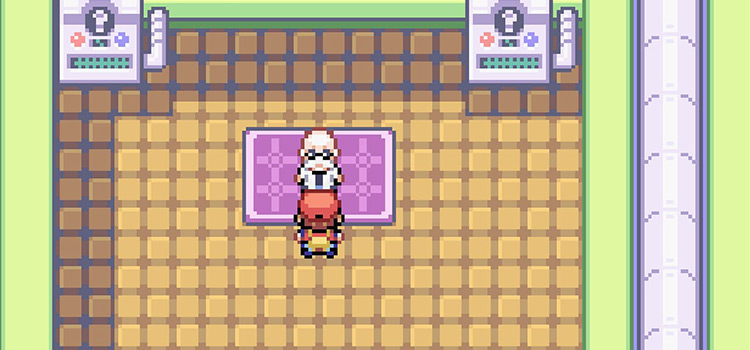Eldritch Blast: D&D 5e Spell Guide
This post may contain affiliate links. If you buy something we may get a small commission at no extra cost to you. (Learn more).
Eldritch Blast is widely considered to be the premier cantrip for the Warlock class.
In previous editions of the game, it was a class feature that all Warlocks automatically received. While it’s been changed to optional in 5e, it’s a strong choice still. Better than any other damaging cantrip the Warlock has access to.
Here we’ll review exactly why you should choose Eldritch Blast and how to maximize its potential in your campaign.
Eldritch Blast Spell Details
School: Evocation
Level: Cantrip
Casting Time: 1 Action
Range: 120 feet
Components: Verbal, Somatic
Duration: Instantaneous
The spell Eldritch Blast sends a bolt of force damage dealing 1d10 force damage to a single target. When attacking, you make a ranged spell attack to attempt to hit. Like pretty much all damaging cantrips, it scales at levels five, eleven, and seventeen, adding an extra bolt at each benchmark.
At this point it’s already a good cantrip.
It uses a d10, which is already on the higher side for a cantrip.
Even better, it’s force damage. The damage type the fewest creatures are resistant or immune to.
But neither of these are what makes the cantrip great.
At level two, Warlocks can start learning Eldritch Invocations, modifiers to how they or their class work. Five of these Invocations can enhance your Eldritch Blast, so we’ll discuss the benefits to each.
Eldritch Invocations
Agonizing Blast
This invocation allows you to add your charisma modifier to damage rolls, which no other cantrip can do.
At low levels, it provides a minimum amount of damage, letting you keep up with martial characters.
At higher levels it multiplies with the additional blasts.
Eldritch Spear
This invocation raises the range of Eldritch Blast from 120 to 300 feet.
This is rather situational, as most fights happen within 60 feet, not 120.
On the other hand, being able to attack from 300 feet allows you to start attacking as soon as you see your target. And makes it almost impossible for a fleeing, low health target to escape.
Grasp of Hadar
This invocation can make one of your blasts per turn pull a target 10 feet closer to you.
For most Warlocks, this presents far more risk than reward.
Exceptions when it could be useful are if the target is at the edge of a hazard, or if you’re a well armored Hexblade that can afford to be in close quarters.
Lance of Lethargy
This invocation allows one blast per turn to lower a creature’s movement speed by 10 feet.
This is generally more useful, as it not only prevents your target from reaching you, but it makes it harder to go anywhere else.
A solid control addition to the spell.
Repelling Blast
This invocation can push a target 10 feet each time it hits.
It does something much more specific than Lance of Lethargy, but it does it very well, being able to push up to 40 feet at level 17.
It can generally be used to prevent a target from reaching you, as well as hazard effects like Grasp of Hadar could.
Final Overview
Eldritch Blast is the strongest of the Warlock cantrips.
It acts with a d10 using a universally effective damage type.
It can be modified to do extra damage, cast from hundreds of feet away, or add movement effects. Every Warlock should try to make Eldritch Blast one of their cantrips, unless they feel the need to choose something else for roleplay reasons.
For new warlocks looking into this spell, we wish you the best of luck in combat with help from your signature cantrip.






